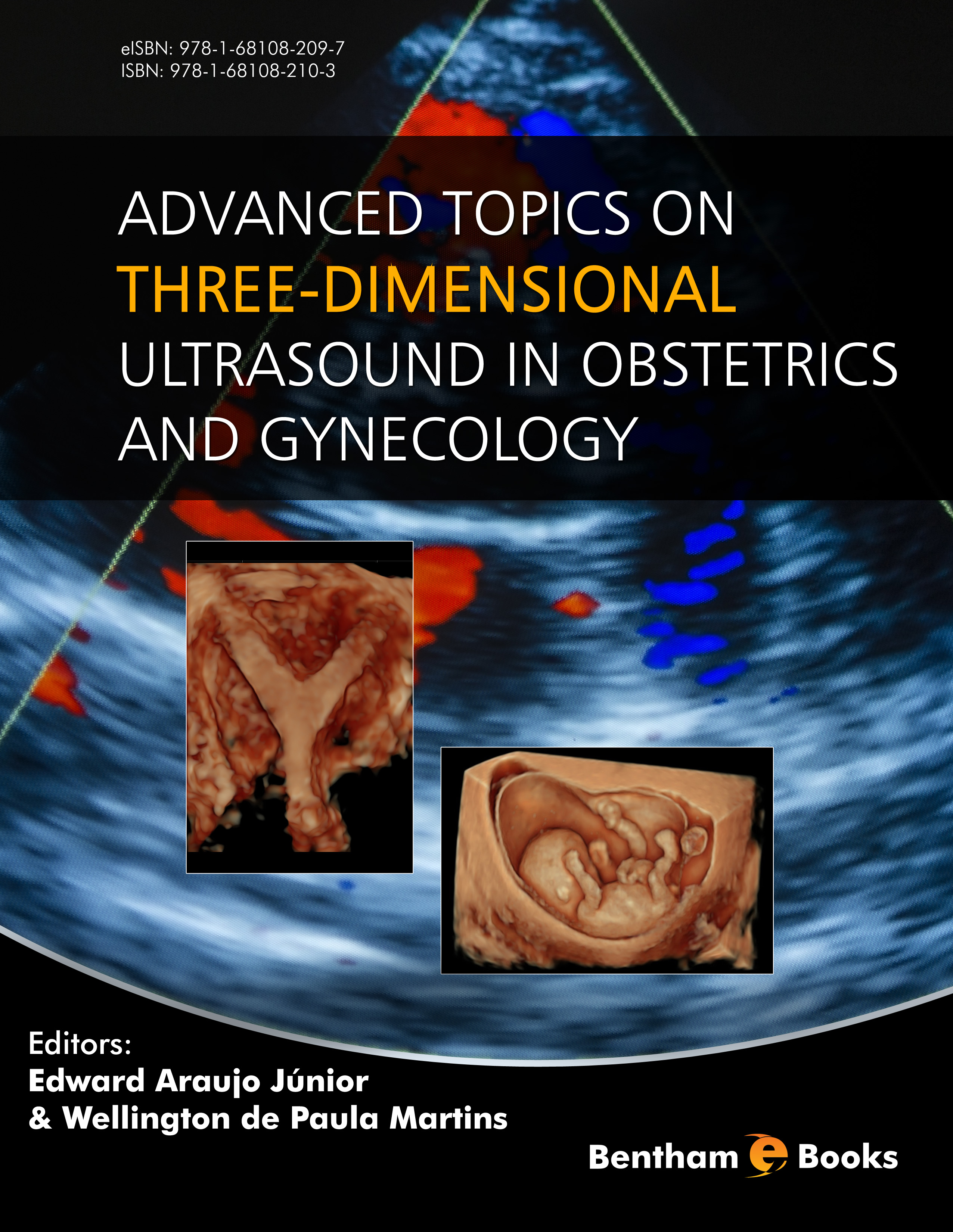Introduction
Advanced Topics on Three-Dimensional Ultrasound in Obstetrics and Gynecology
is a comprehensive and handy guide for sonographers, obstetricians, gynecology and radiology professionals, and all technicians working in ultrasound laboratories who are interested in taking advantage of all the resources provided by this imaging technique.
The book is divided in three sections which give information on a variety of relevant topics:
- - Three-Dimensional Ultrasound Instrumentation and Technology . This section explains different ultrasound methods that can be used for three-dimensional imaging. It is complemented by a discussion on how to use the techniques in telemedicine.
- - The Use of Three-Dimensional Ultrasound During Pregnancy . This section explains the methods used to assess fetal organs, behavior and defects during different stages of pregnancy.
- - The Use of Three-Dimensional Ultrasound When Evaluating Female Reproductive Physiology . This section covers diagnostic procedures for ovarian and uterine abnormalities and neoplasms.

